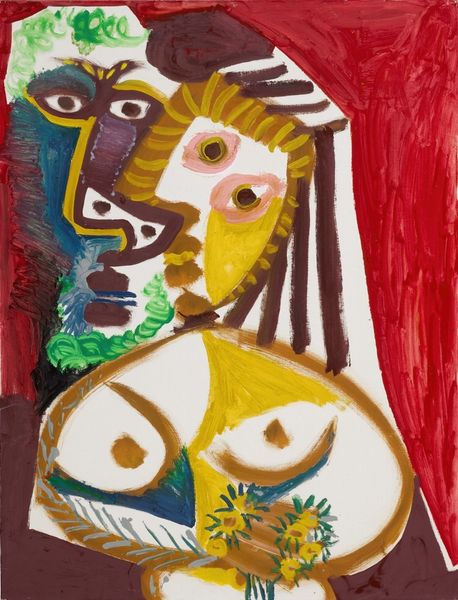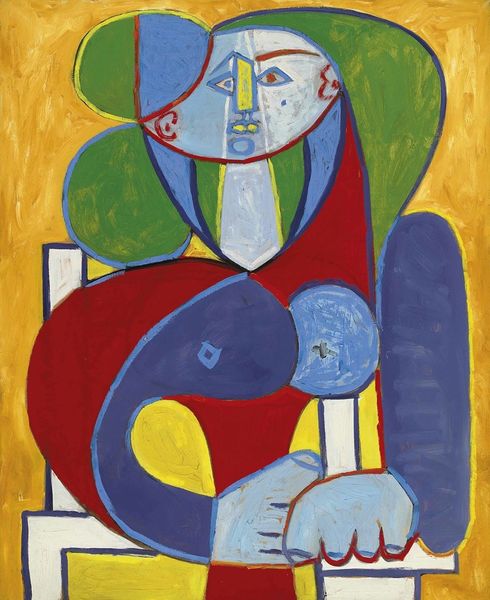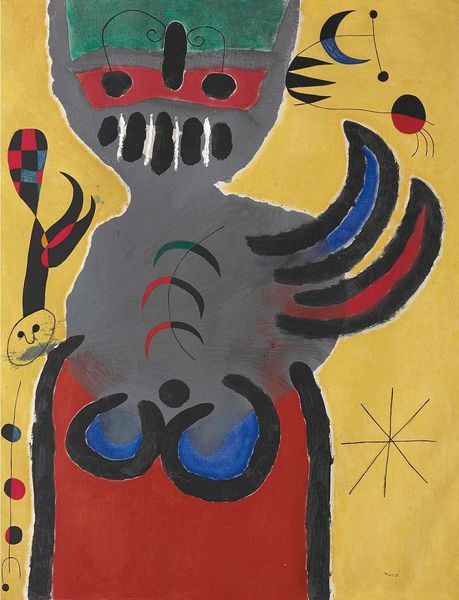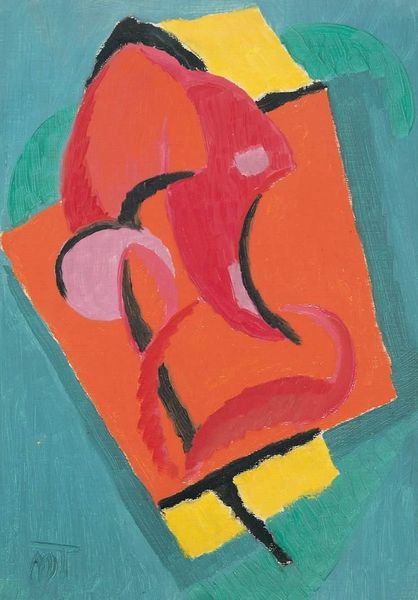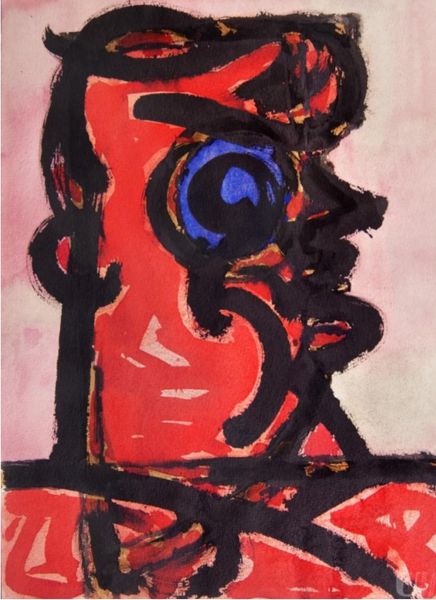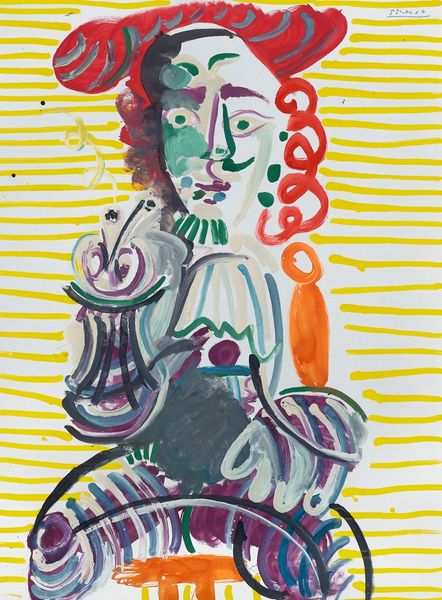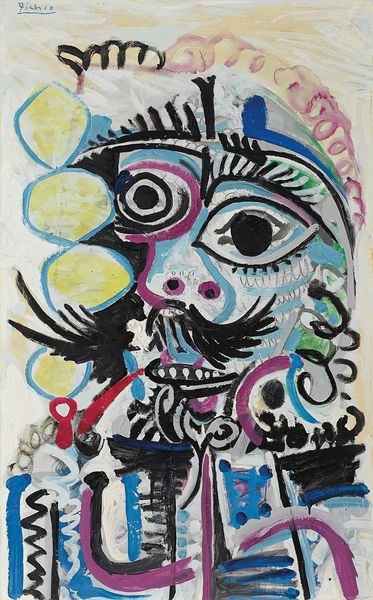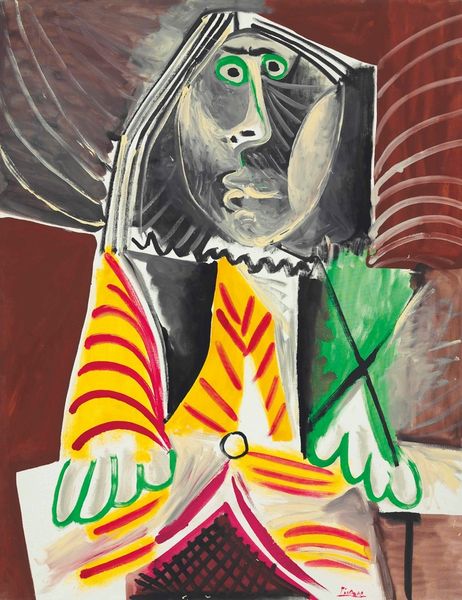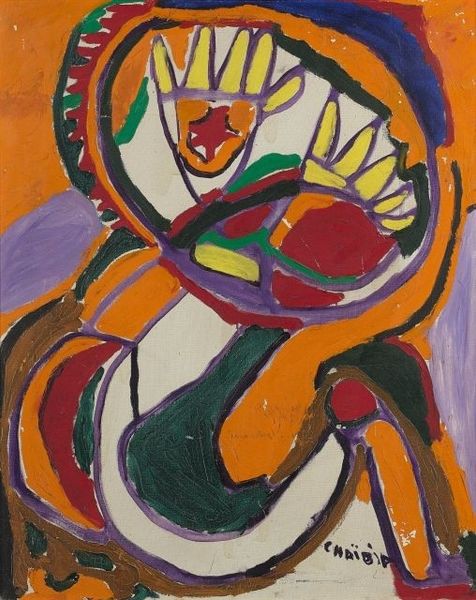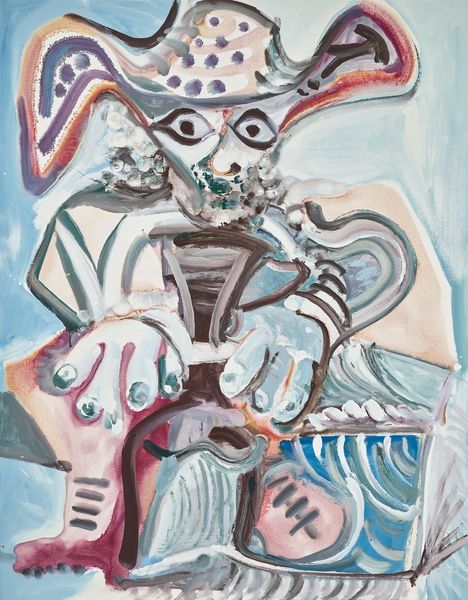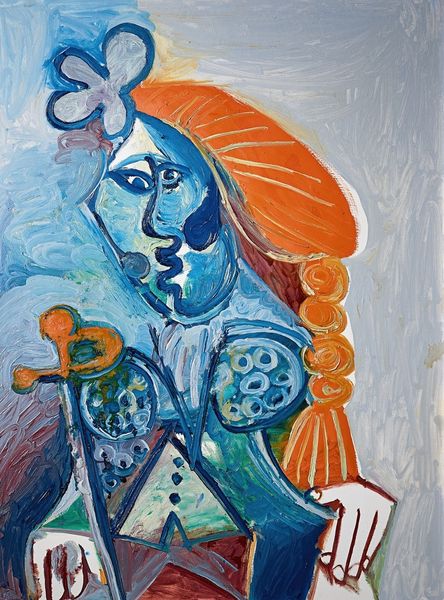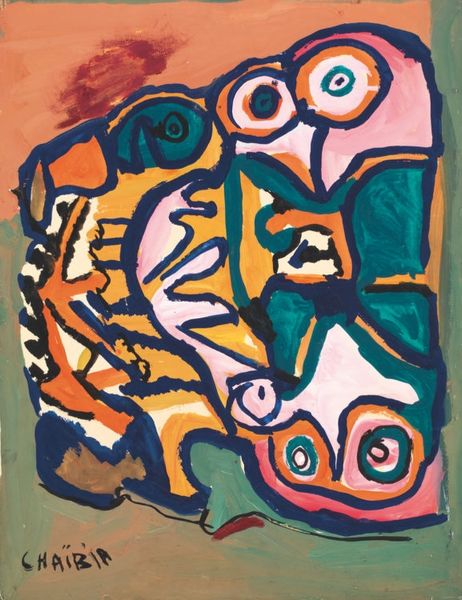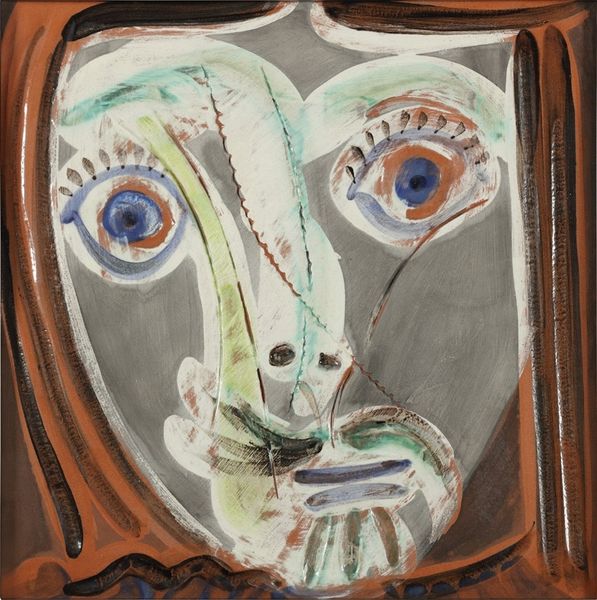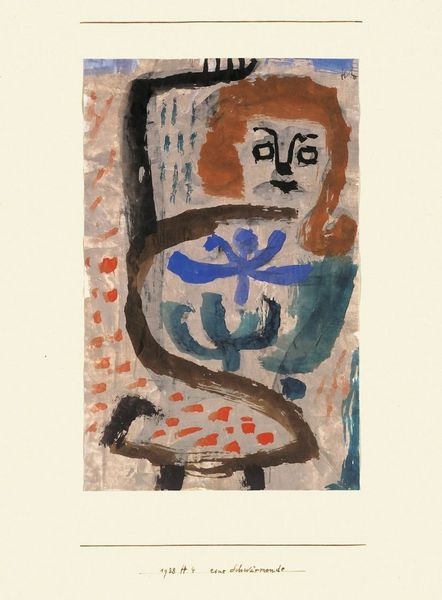
Copyright: Modern Artists: Artvee
Editor: This is Picasso's "L’Arlésienne" from 1937, rendered in oil paint. I'm immediately struck by the use of colour. It’s quite bold and somewhat unsettling, and her features are so... angular. How do you interpret this work, and what might Picasso be trying to convey? Curator: Well, it’s interesting that you picked up on the unsettling nature. For me, this is a profound commentary on the representation of women within the male gaze. Consider the fractured planes and distorted features: they speak volumes about objectification, wouldn't you agree? How does it make *you* feel to see a female subject portrayed this way? Editor: I hadn’t considered it from that angle. It makes me feel a bit uncomfortable. Almost like her identity is being intentionally warped. Is this a commentary on the social pressures faced by women at the time? Curator: Absolutely. Picasso's relationships with women were often turbulent, and that bled into his art. But this goes deeper than his personal life. Think about the broader context: the rise of fascism, the impending war. Do you think that such global events might contribute to such intense and unsettling imagery? Editor: That makes a lot of sense. It connects the personal with a broader societal unrest. I see the unease and tension, as well as that underlying feminist reading much more clearly now. Curator: Precisely. It’s a powerful piece because it holds up a mirror to the societal anxieties of the time. We often talk about war changing the face of men, this piece to me is a symbolic reminder that social inequalities can deform individuals as well. Editor: I really appreciate your insight, understanding that this wasn't simply an aesthetic choice changes everything. I feel like I can better perceive the dialogue on race, identity, and power dynamics. Curator: And that's how art can act as a powerful social critique. Keep asking those tough questions, and keep interrogating the historical context.
Comments
No comments
Be the first to comment and join the conversation on the ultimate creative platform.
